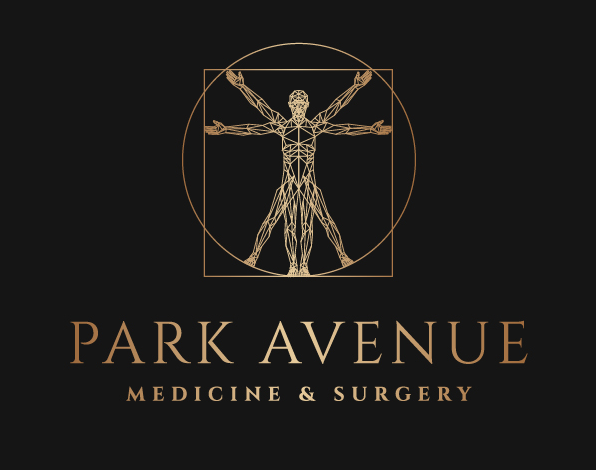The Future of Stem Cell Therapy in Pain Management
Stem cells are the baseline of development for any living organism. They originate from different places in our body and, contrary to popular belief, develop throughout our lives.
It is noteworthy to note that there are many kinds of stem cells. For example, embryonic stem cells are only found in the body during the earliest stage of development inside the mother’s womb. Adult stem cells, on the other hand, develop later on and remain a part of the body. Those that remain in your body throughout your life can change slightly as you age. Regardless of the type of stem cell, all of them can make copies of themselves and develop into more specialized cells. These have potential benefits when used in treatments and therapies.
Stem cell therapy involves using stem cells to treat or prevent a disease. The most widely accepted form of stem cell therapy is the usage of bone marrow to treat cancer patients with leukemia and lymphoma. During conventional chemotherapy, both cancerous and healthy cells in a patient’s bone marrow are destroyed, as the radiation cannot distinguish between the two. To help negate this negative affect, a donor’s bone marrow graft is transplanted into the patient to replace the lost healthy cells. These donor cells also produce an immune response in the body that helps kill cancer cells. This is but one of the many potential uses of stem cells as therapeutic technique.
The future of pain management with stem cell therapy is logical and promising. The ability of stem cells to repair and restore allows for exciting treatment possibilities for pain. Stem cells are generally gathered from bone marrow as this is the location where the most stem cells are found. For pain management, stem cells gathered from the back of the hip are conditioned and then injected at the site of damage with the expectation of stem cells assisting in regrowth of healthy cells in the area.
One of the primary concerns with this kind of therapy is the chance of unregulated cell growth. When non-specialized cells, that could develop into anything from a skin cell to a muscle cell, are injected into an area, there is a fear of these cells undergoing spontaneous mutations, foreshadowing the formation of a tumor. One of the conditions where stem cell therapy has been heavily researched is degenerative disc disease and disc herniation. Disc degeneration occurs primarily due to age but can also occur from injury to the spine. This painful condition results in disc weakening and tearing as they no longer support the spine, as well as herniation which is where the disc presses painfully against the spinal nerves. Current treatment methods for this condition include pain treatment with medication, surgery, or injections. Strong drugs such as opioids are dangerous and have a significant amount of side effects. Invasive surgery permanently changes the body’s natural structure and sometimes is unsuccessful. Injections may help reduce pain but do not fix the problem on a cellular level. Stem cells would ideally repair and regenerate the weakened and torn areas. The future beholds clinical trials for this kind of treatment as many studies have indicated the positive effects it would have.
So when can stem cell therapy be effectively used?
Stem cell therapy is most effective for patients with moderately severe diseases. They cannot be introduced into an area where a structure is missing. If you have a tendon that has been surgically removed, for example, stem cells will not grow it back from nothing. Patients who have a disease of moderate severity and would like to avoid surgery are ideal candidates for stem cell therapy. Stem cells require a template to work from. They jump start the bodies natural healing process and stimulate the stem cells already present in the region as well to help repair any damage.
Many patients who turn to stem cell therapy have been given demoralizing choices initially. Patients who have been told that there is nothing left to do other than surgery, or that this is a chronic condition they will have to learn to live with it, are the kinds of patients who get a new lease on life with stem cell therapy. This is an option that comes from a perspective of healthcare providers who are not necessarily anti-surgery, but understand why someone may want to try alternatives first.
Existing treatment options for stem cell therapy include hip, knee, shoulder, spine, wrist, ankle and elbow treatments for arthritis related pain as well as minor tears and injuries. These treatments are FDA approved and currently put in practice by Industry leader Regenexx. The future of pain management treatment with stem cell therapy is a bright and promising one.



